Not Every Hidden Gem Is Worth It: 13 I Often Skip + 3 Reasons I Stick With Paris And Rome
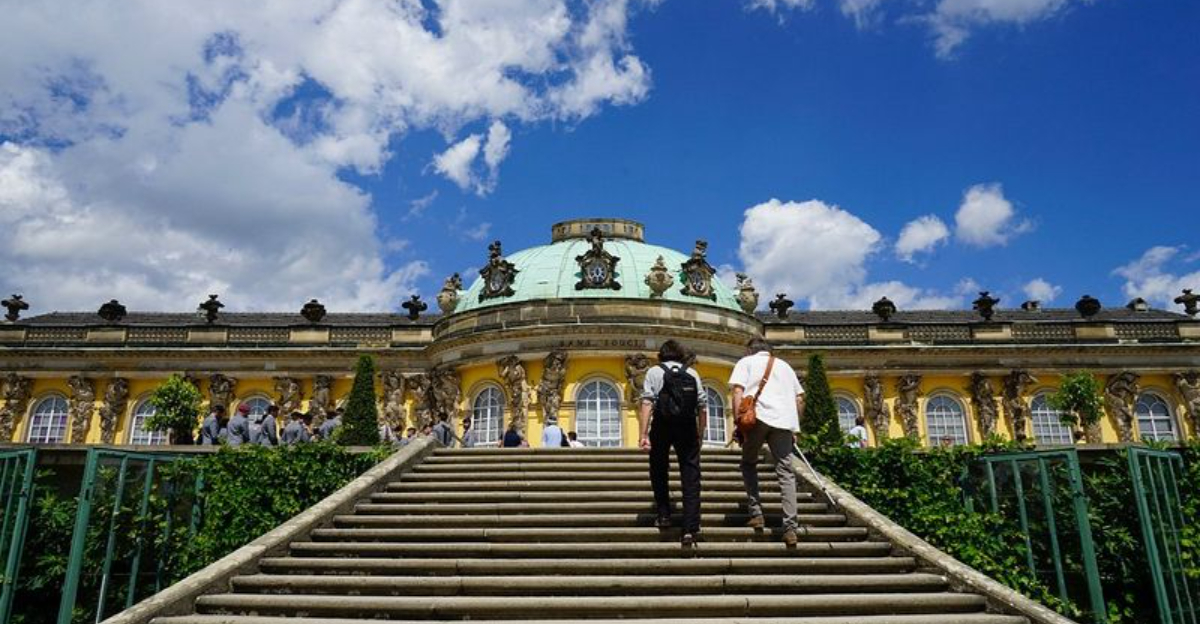
Ever notice how travel blogs keep pushing “undiscovered gems” while classic destinations get brushed off as too “touristy”? I fell for that hype—again and again—zigzagging across Europe chasing the next secret village or under-the-radar city.
And while some lived up to the magic, others left me wondering why I’d traded a weekend in Rome for a sleepy town with one decent café. Here’s the truth: not every “hidden gem” is worth the detour, and there’s no shame in loving the places everyone else does too.
This is my honest take on the spots that missed the mark—and why Paris and Rome keep calling me back.
1. Overhyped Bergen Streets
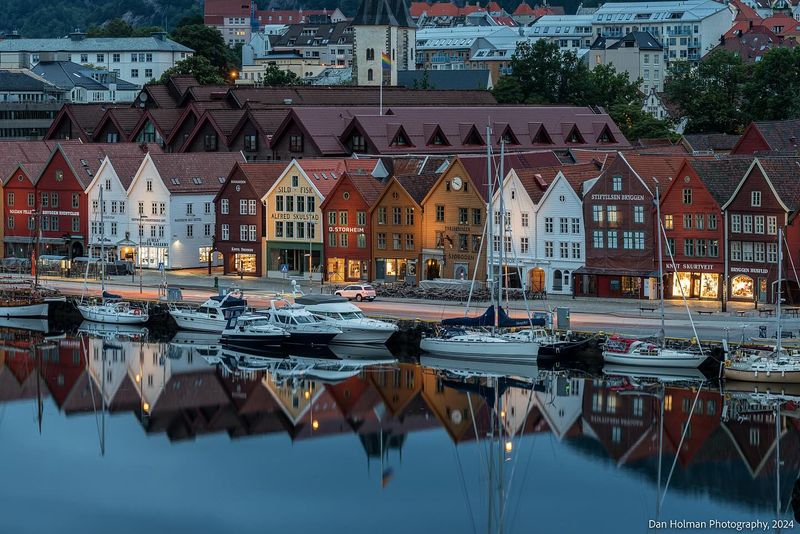
Bergen in Norway gets praised for its colorful wooden houses along Bryggen wharf, but honestly? The reality hit me with overpriced everything and streets packed with cruise ship tourists despite the rain.
I spent three days waiting for that magical feeling travel bloggers promised. Instead, I got mediocre food at shocking prices and gift shops selling the same mass-produced trolls.
The famous fish market felt like a tourist trap with inflated prices. While the surrounding mountains offer nice views, they don’t justify the hassle and expense when Norway has far more impressive natural scenery elsewhere.
2. World-Class Museums Always (Paris & Rome Reason)
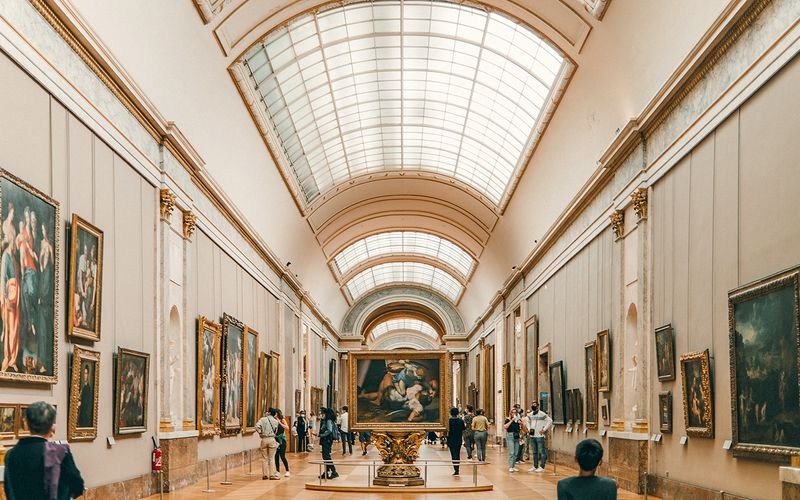
Nothing beats spending hours in the Louvre or Vatican Museums surrounded by humanity’s greatest artistic achievements. These aren’t just buildings with old stuff – they’re living libraries of human creativity spanning thousands of years.
Where else can you see ancient Egyptian artifacts, Renaissance masterpieces, and groundbreaking modern art all under one roof? The smaller museums in lesser-known cities simply can’t compete with this depth and breadth.
Even after multiple visits, I discover something new each time. That persistent excitement of turning a corner and finding another masterpiece keeps me coming back to these cultural powerhouses rather than chasing mediocre collections elsewhere.
3. Ljubljana Lacked Spark
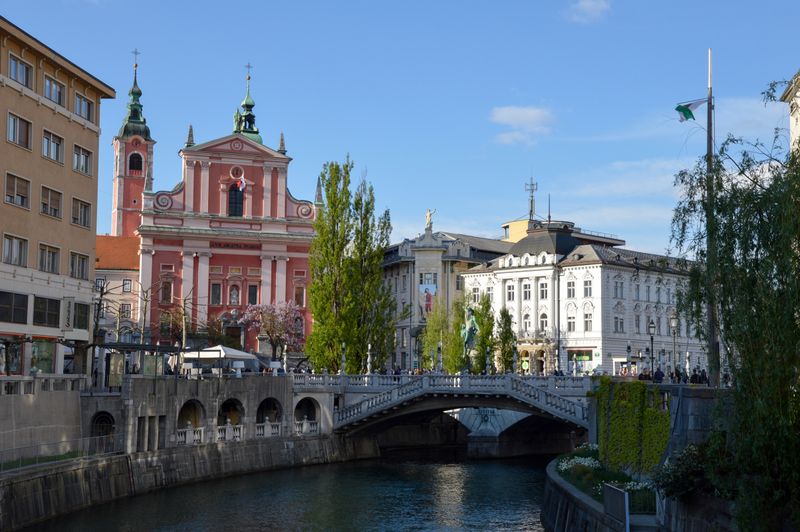
Slovenia’s capital gets hyped as Europe’s hidden charmer, but my visit felt like watching paint dry. The tiny historic center takes barely an hour to explore, leaving me wondering what to do with the rest of my day.
The famous Triple Bridge looks nice in photos but feels underwhelming in person. I found myself repeatedly checking Google Maps for attractions I might have missed, only to confirm I’d seen it all.
Cafés along the riverbank offered pleasant enough settings but nothing memorable. For a capital city, Ljubljana felt more like a pleasant but forgettable provincial town that couldn’t justify more than a quick stopover on the way to Slovenia’s truly impressive natural attractions.
4. Timeless Architecture Everywhere (Paris & Rome Reason)
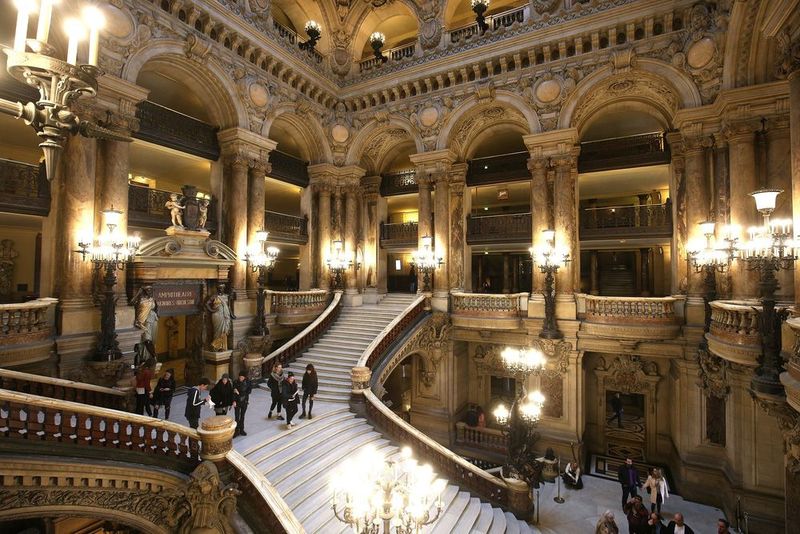
Walking through Paris or Rome feels like strolling through an open-air architectural museum where every street corner tells a story. From Roman ruins to medieval churches to Renaissance palaces to Art Nouveau gems – the layers of history surround you.
My favorite mornings start with simply wandering random streets, coffee in hand, discovering architectural details most tourists miss. The craftsmanship in even ordinary apartment buildings would be considered national treasures elsewhere.
What makes these cities special isn’t just their famous landmarks but the consistent beauty everywhere you look. Unlike smaller towns with a few pretty buildings surrounded by modern developments, these cities maintain their architectural integrity across vast areas.
5. Underwhelming in Ghent
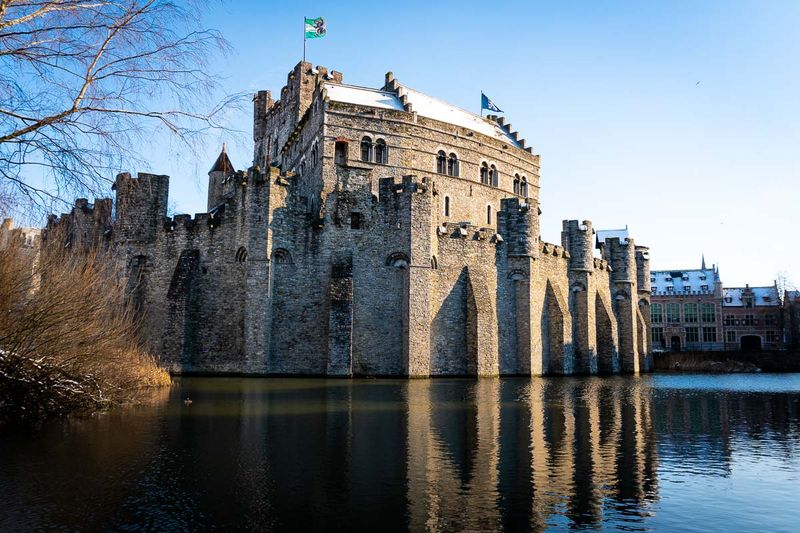
Belgian travel guides tout Ghent as Bruges without tourists, but my experience was a letdown. The famous Gravensteen castle looks impressive until you realize it’s a heavily reconstructed version with little authentic medieval atmosphere inside.
Canal tours passed bland modern buildings that detracted from the historic ones. Most disappointing was the famous Ghent Altarpiece – after reading about it for years, seeing it behind glass with crowds pushing for photos felt anticlimactic.
Food options ranged from mediocre tourist menus to overpriced fine dining with nothing in between. While some architecture is undeniably beautiful, the overall experience didn’t justify the detour from more rewarding Belgian destinations like Antwerp or even the supposedly overrated Bruges.
6. Easy Transport Connections (Paris & Rome Reason)
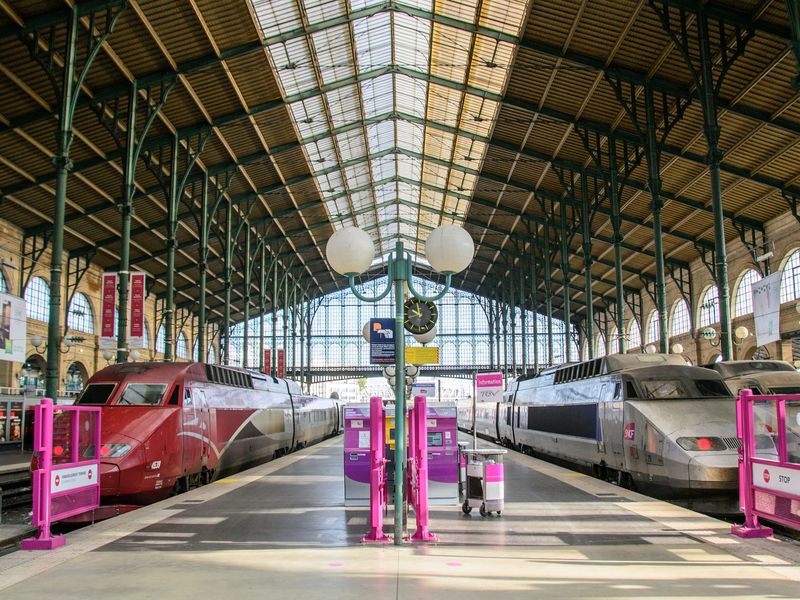
Major hubs like Paris and Rome offer practical advantages that save precious vacation time. Their international airports connect directly to hundreds of global destinations, eliminating exhausting multi-leg journeys to reach smaller towns.
High-speed trains from these cities reach dozens of worthwhile day-trip destinations within an hour. This flexibility means I can stay in one comfortable apartment while exploring widely, rather than constantly repacking and checking into new accommodations.
Even within the cities, extensive metro systems mean I rarely wait more than 3-5 minutes for transportation. This efficiency matters when you have limited vacation days. Why waste hours on complicated connections to reach supposed hidden gems when the classics offer such convenience?
7. Innsbruck Felt Empty
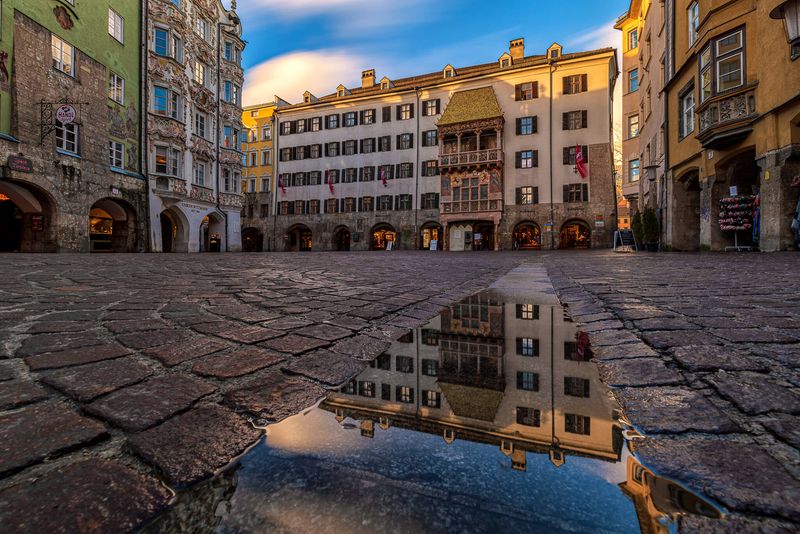
Surrounded by breathtaking Alpine peaks, Innsbruck looks like a dream on paper, but outside of ski season, the charm felt oddly absent. By late afternoon, the old town emptied out, shops shut their doors early, and the silence was almost unsettling.
Mountain views are spectacular, sure, but you don’t need to stay in Innsbruck to see them. Many restaurants served uninspired tourist menus at prices that made me wince. The famous Golden Roof took about three minutes to appreciate before I was left wondering what to do next.
Museums closed earlier than advertised, and the celebrated architecture amounted to just a few streets. After one day, I’d exhausted the city’s offerings and found myself wishing I’d based myself in livelier Salzburg or a mountain village with more character.
8. Colmar Too Crowded
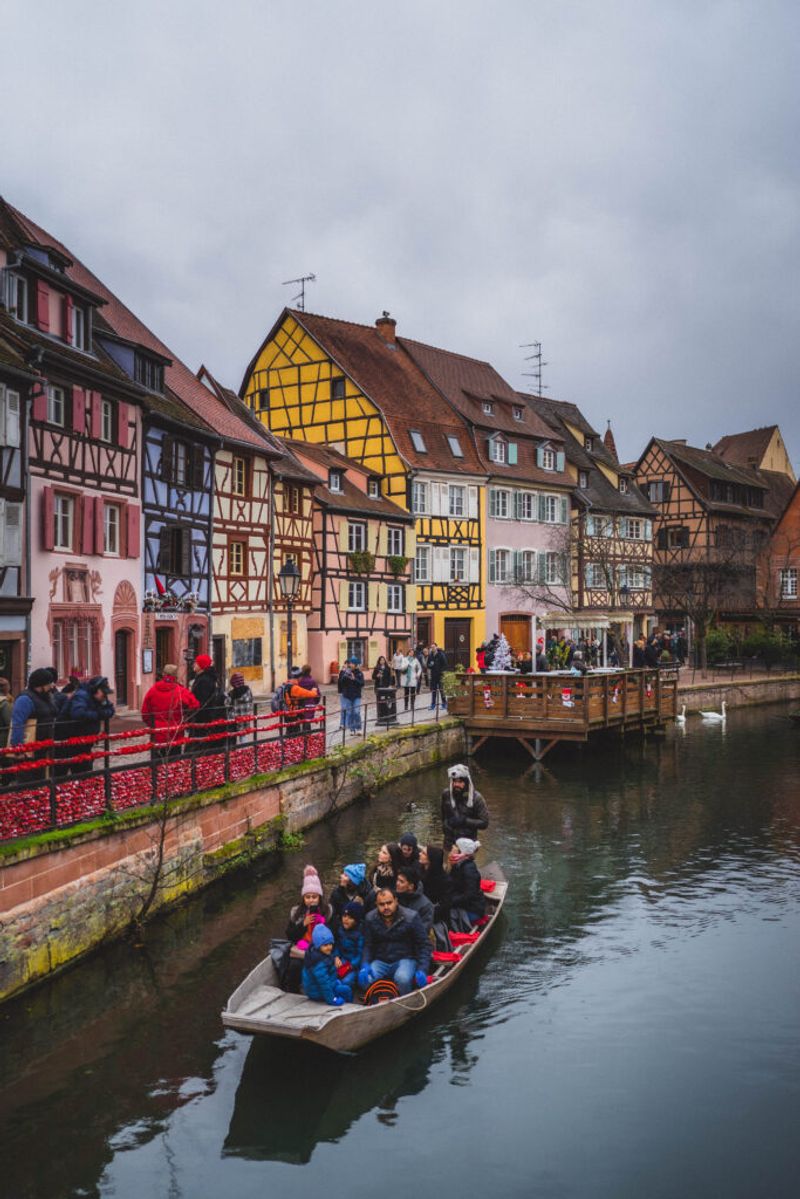
Those postcard-perfect shots of Colmar don’t show the chaos, with tourists crammed into the 200-meter stretch of Little Venice like it’s peak hour at a theme park.
Local shops have mostly converted to selling identical souvenirs at inflated prices. Finding authentic Alsatian culture became nearly impossible amid the commercialization. Restaurants served mediocre versions of regional specialties, clearly catering to one-time visitors rather than repeat customers.
The town’s beauty is undeniable but completely overwhelmed by overtourism. I found more authentic Alsatian charm in lesser-known villages nearby where locals still outnumbered visitors, proving that sometimes the most Instagrammed spots deliver the least authentic experiences.
9. Valletta Didn’t Click
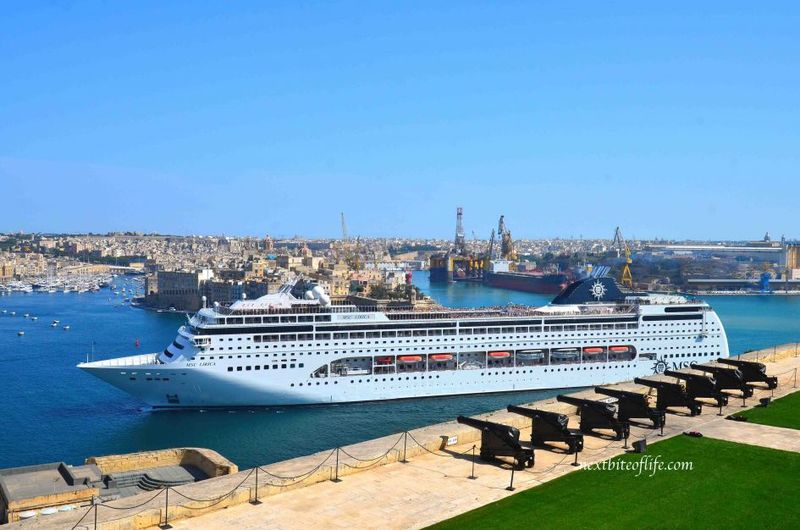
There’s no denying Valletta’s architectural appeal, but the city’s calculated grid and quiet, almost staged atmosphere made it hard to connect with on an emotional level.
Restaurants served disappointing food at premium prices, clearly aimed at the cruise ship crowds. Many attractions closed unexpectedly or kept limited hours not mentioned in guidebooks, leaving me frustrated and replanning constantly.
The famous harbor views were partially obstructed by construction projects and cruise ships. While some individual buildings impressed me, the overall experience felt manufactured for tourism rather than an authentic living city. Malta’s real charm lies in its smaller villages and ancient sites outside the capital.
10. Cork Missed the Mark
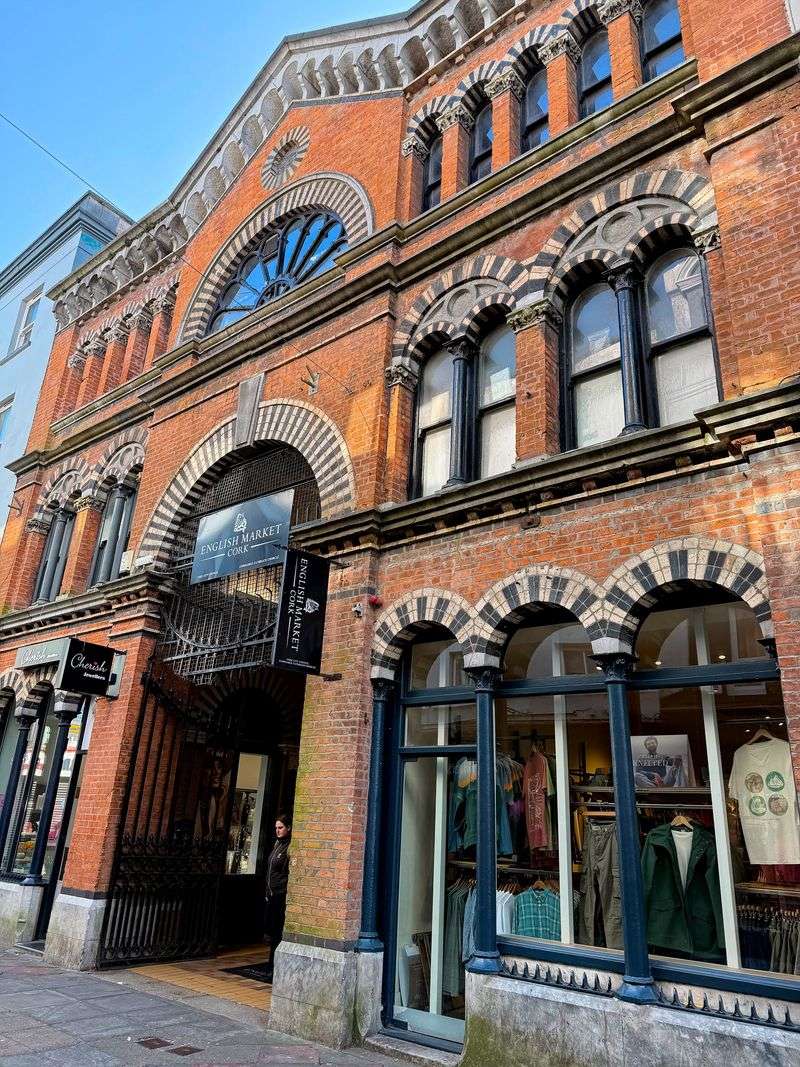
Cork is often pitched as Ireland’s “real” capital, but my weekend visit left me wondering what all the fuss was about. Beyond a few historic spots, the city center felt quiet and underwhelming.
The famous English Market closed early, leaving me with few food options beyond pub fare and chain restaurants. Cork’s nightlife reputation proved exaggerated, with most venues eerily quiet even on Saturday night.
Locals were friendly enough but seemed puzzled by tourists exploring their city rather than using it as a base for coastal excursions. While the surrounding County Cork offers stunning landscapes, the city itself lacked the distinct personality and cultural offerings that would justify choosing it over Dublin or Galway for an urban Irish experience.
11. Bern Was Sleepy
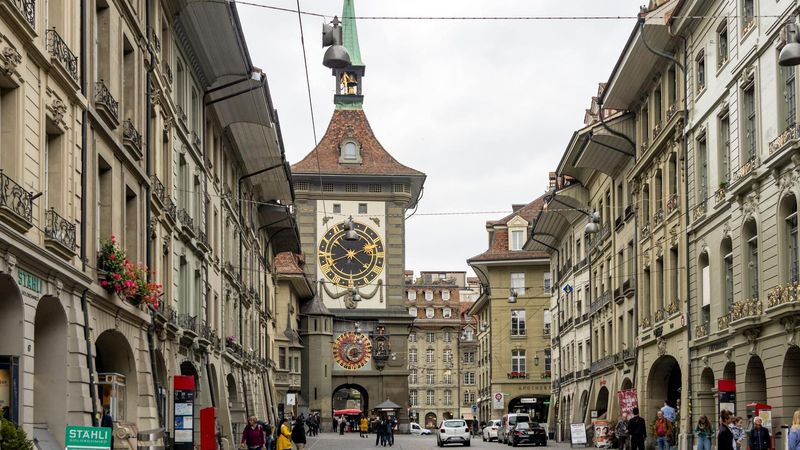
Switzerland’s capital looks perfect on paper with its medieval old town and mountain views. My reality? A city that seemed to shut down after 6 PM, leaving me wandering empty streets wondering where everyone went.
The famous clock tower performance gathered a crowd that quickly dispersed afterward, highlighting the lack of energy. Restaurant choices proved limited and extraordinarily expensive even by Swiss standards, with many closed on weekends.
Museums had surprisingly restricted hours that required careful planning. While architecturally impressive, Bern felt more like an administrative center than a living, breathing city worth exploring. The experience reinforced why Zurich or Lucerne, despite being more touristy, offer more engaging urban experiences for visitors to Switzerland.
12. Nîmes Felt Stale
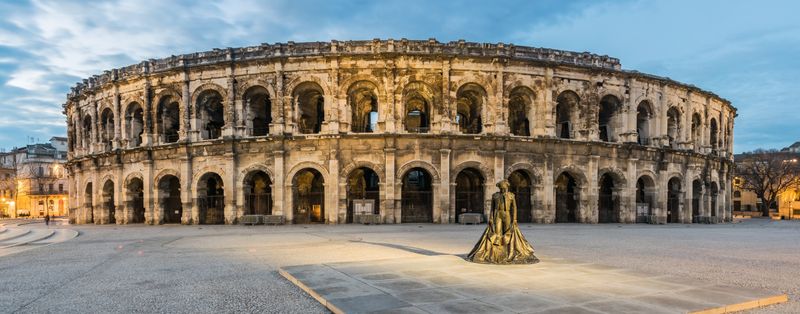
It’s easy to see why Nîmes doesn’t draw the same crowds as Arles or Avignon, despite its iconic arena; the setting lacks the atmosphere to make the ruins truly resonate.
The Maison Carrée temple sits oddly juxtaposed against a contemporary art museum that seemed perpetually empty. Gardens mentioned in guidebooks appeared neglected, with dry fountains and minimal maintenance.
Most disappointing was the atmosphere – despite its historical significance, Nîmes lacked the vibrant street life and culinary scene found in other southern French cities. Local restaurants served mediocre food at prices approaching those in tourist hotspots. The Roman history deserves attention, but Arles offers a more cohesive and enjoyable experience of similar heritage.
13. Potsdam Disappoints in Person
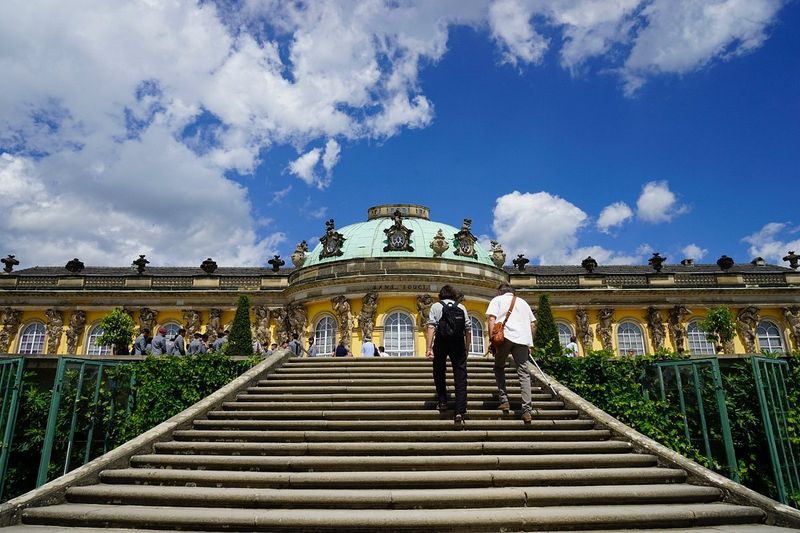
Potsdam’s palaces look stunning online, but visiting felt like an exercise in frustration. Sanssouci Palace required timed tickets that sold out days in advance, leaving me staring at its exterior alongside dozens of equally disappointed tourists.
Gardens that promised peaceful wandering were crowded with tour groups following guides with raised umbrellas. The historic center felt artificial, with too-perfect restorations lacking the authentic patina that makes European old towns special.
Transportation between sites proved time-consuming and confusing, with infrequent buses and poor signage. While individual buildings impressed architecturally, the overall experience felt manufactured for tourism rather than an organic cultural destination. Berlin’s palaces and parks offer similar beauty with better accessibility and fewer crowds.
14. Tartu Falls Flat
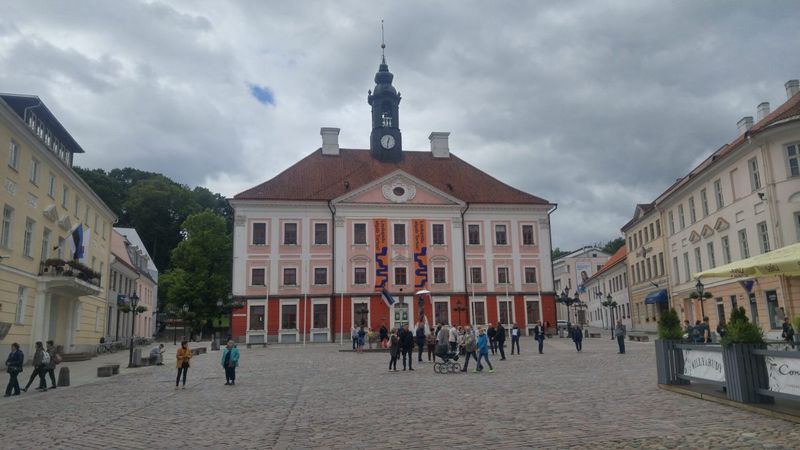
Touted as an intellectual hotspot, Tartu felt more like a sleepy student town, with beautiful buildings you can’t enter and not much else to fill an afternoon.
The main square contained a handful of cafés serving identical menus at surprisingly high prices for Estonia. Museums displayed interesting concepts but suffered from outdated presentation and minimal English translations.
Nightlife proved nonexistent midweek despite the student population. While Tartu has historical significance, it translates poorly to visitor experiences compared to Tallinn’s vibrant old town or Estonia’s natural attractions. The two-hour journey from Tallinn yielded little reward beyond checking another destination off my list.
15. Trieste Lacks Atmosphere

While Trieste promises charm at the crossroads of Europe, I found the urban landscape lacked the cohesion or character to make it truly memorable.
The famous Piazza Unità d’Italia impressed initially but felt strangely detached from the rest of the city. Coffee culture gets celebrated here, yet I found cafés no more special than those in other Italian cities despite the historical Habsburg connections.
The waterfront promenade offered pleasant views but little activity beyond locals fishing. While architectural elements showed interesting Austrian influence, they appeared as isolated curiosities rather than part of a compelling whole. Unlike other border regions with rich cultural blending, Trieste’s mixed heritage resulted in a diluted identity rather than a uniquely fascinating one.
16. Brno Left Me Cold
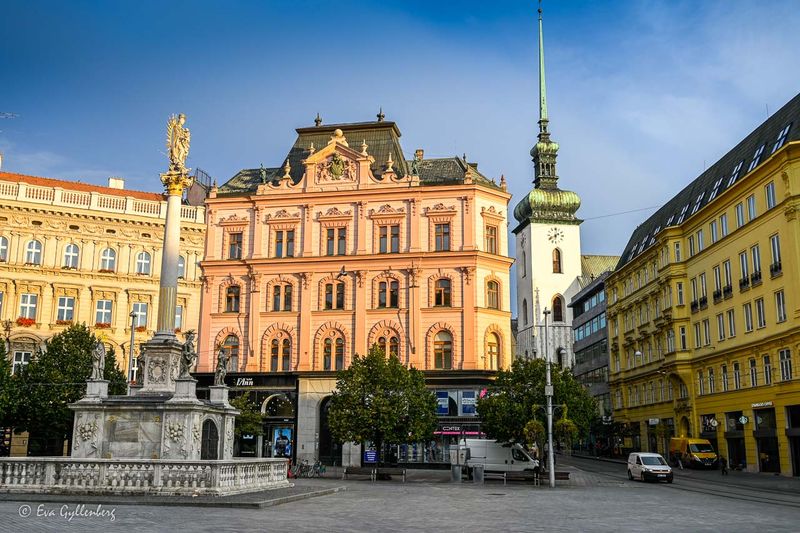
They call Brno the Czech Republic’s hidden gem, but I quickly saw why it stays hidden. Even at peak hours, the central plaza felt more empty than inviting.
The famous cathedral stood impressively on its hill but contained surprisingly little of interest inside compared to others across Europe. Restaurant options clustered around mediocre tourist menus or uninspired international chains.
Underground tunnels touted as unique attractions turned out to be small, overpriced, and required advance booking for brief guided tours. While Brno has some architectural highlights, they’re scattered among unremarkable Soviet-era buildings without the charm that makes Prague magical despite its crowds. The city functions better as a brief stopover than a destination worthy of precious vacation days.
